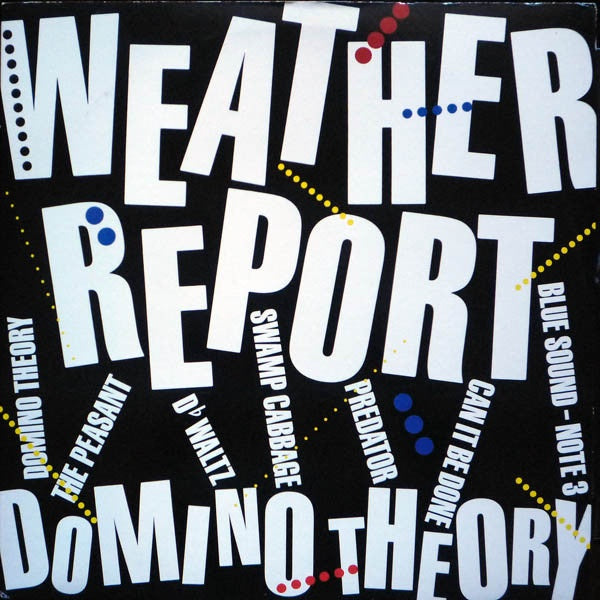

While downswings of the jet stream can bring freezing winters, the accompanying upswings have been linked to worsening the drought in California. Prof Adam Scaife, a climate modelling expert at the UK’s Met Office, said the evidence for a link to shrinking Arctic ice was now good: “The consensus points towards that being a real effect.” In those years, the jet stream deviated deeply southwards over those regions, pulling down savagely cold air. The clearest connection so far between the melting Arctic and weather is for extreme winter conditions, such as the intense winters that hit parts of North America and northern Europe in 2009-10, 2010-14, causing record snowfalls and billions of dollars of damage. The other main influence on the jet stream is sea surface temperature in the tropics, which waxes and wanes with El Niño, while solar cycles and even volcanic eruptions have smaller effects. How Arctic meltdown can lead to extreme weather “But the big question is, how important are these mechanisms?” “A couple of years ago this was the main criticism on any such links, that the physics was not well understood,” he said.

Coumou is a former offshore industry geophysicist who has studied the link between extreme weather events and global warming since 2010. “There have been recent studies showing very plausible physical mechanisms of how rapid warming in the Arctic can influence weather in the mid latitudes, both in summer and winter,” said Dim Coumou at the Potsdam Institute for Climate Impact Research in Germany.

This “blocking” effect means extreme events can unfold. This means the jet stream meanders more, with big loops bringing warm air to the frozen north and cold air into warmer southern climes.įurthermore, researchers say, the changes mean the loops can remain stuck over regions for weeks, rather than being blown westwards as in the past. The jet stream forms a boundary between the cold north and the warmer south, but the lower temperature difference means the winds are now weaker. This in turn narrows the temperature difference between the Arctic and lower latitudes, which is crucial because it is the temperature gradient between them that drives the jet stream wind, which streaks around the pole at up to 250mph and about 8km above the surface. This feedback loop is why the Arctic is heating up much faster than the rest of the planet. Unlike on the Antarctic continent, melting ice here exposes dark ocean beneath, which absorbs more sunlight than ice and warms further. The chain of events that links the melting Arctic with weather to the south begins with rising global temperatures causing more sea ice to melt. The age of the ice is indicated by shades ranging from blue-gray for the youngest ice to white for the oldest. Older ice tends to be less vulnerable to melting. But we are going to have a lot of very interesting weather – we’re not going to get around that one.”Īrctic sea ice loss The area covered by Arctic sea ice at least four years old has decreased from 718,000 sq miles in September 1984 to 42,000 sq miles in September 2016. “It’s safe to say is going to have a big impact, but it’s hard to say exactly how big right now. “It is inconceivable that this ridiculously warm Arctic would not have an impact on weather patterns in the middle latitudes further south, where so many people live. “In the past you have had natural variations like El Niño, but they have never happened before in combination with this very warm Arctic, so it is a whole new ball game. “These rapid changes in the Arctic are affecting weather patterns where you live right now,” she said. In November, ice levels hit a record low, and we are now in “uncharted territory”, said Prof Jennifer Francis, an Arctic climate expert at Rutgers University in the US, who first became interested in the region when she sailed through it on a round-the-world trip in the 1980s. But the recent heat in the Arctic has shocked scientists, with temperatures 33C above average in parts of the Russian Arctic and 20C higher in some other places. The northern ice cap has been shrinking since the 1970s, with global warming driving the loss of about three-quarters of its volume so far.


 0 kommentar(er)
0 kommentar(er)
